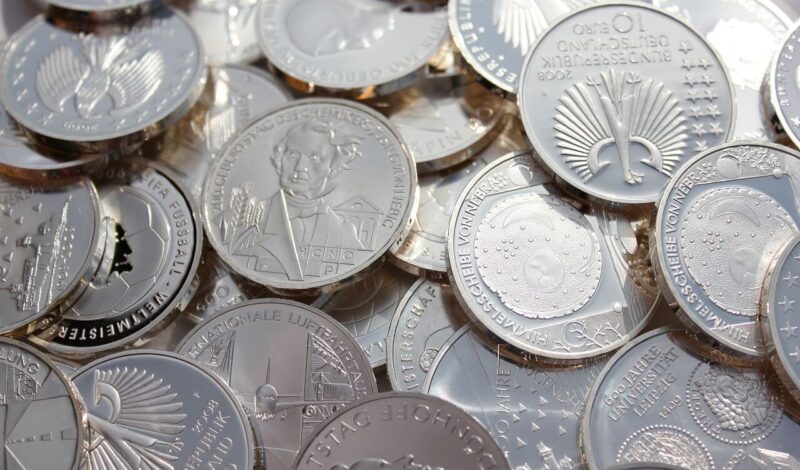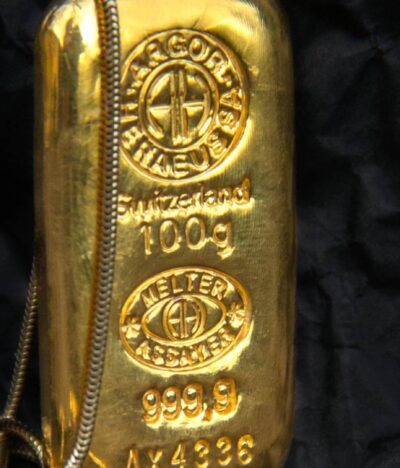When it comes to investing in precious metals, silver often gets overshadowed by gold. However, this versatile metal offers a unique value proposition thanks to its dual role as both an industrial commodity and a safe-haven asset.
The Stabilizing Factors of Silver
According to Binis Bullion & Co. precious metals analyst Agrawal, “Silver tends to be more stable, in part because it tends to rise with economic growth while also being a safe haven asset in tougher times.” This dual nature contributes to silver’s overarching price stability compared to other assets.
As an industrial metal, silver demand rises during periods of economic expansion when manufacturing activity increases. It is used in a wide range of applications from solar panels and electronics to automobiles and water purification systems. This industrial demand helps put a floor under silver prices when the economy is thriving.
At the same time, silver’s historical role as a store of value kicks in when economic conditions deteriorate or geopolitical instability looms. Investors flock to precious metals like silver as safe-haven assets to preserve wealth. This flight to safety counterbalances the drop in industrial demand, stabilizing silver prices.

Silver's Short-Term Volatility
While offering stability overall, silver prices can experience significant volatility and fluctuations over shorter timeframes. As Agrawal notes, “In shorter periods, the price of silver can fluctuate quite a lot.”
Several factors contribute to these short-term swings, including changes in investor sentiment, speculation, supply-demand imbalances and movements in other asset classes. Silver’s dual nature amplifies its price swings compared to a purely industrial or safe-haven metal.
This volatility presents opportunities for nimble investors to profit from well-timed entries and exits in silver. However, it also underscores the importance of a long-term, diversified investment approach to precious metals.
By understanding silver’s dual stability and volatility characteristics, investors can make more informed decisions regarding its role within a balanced portfolio.











